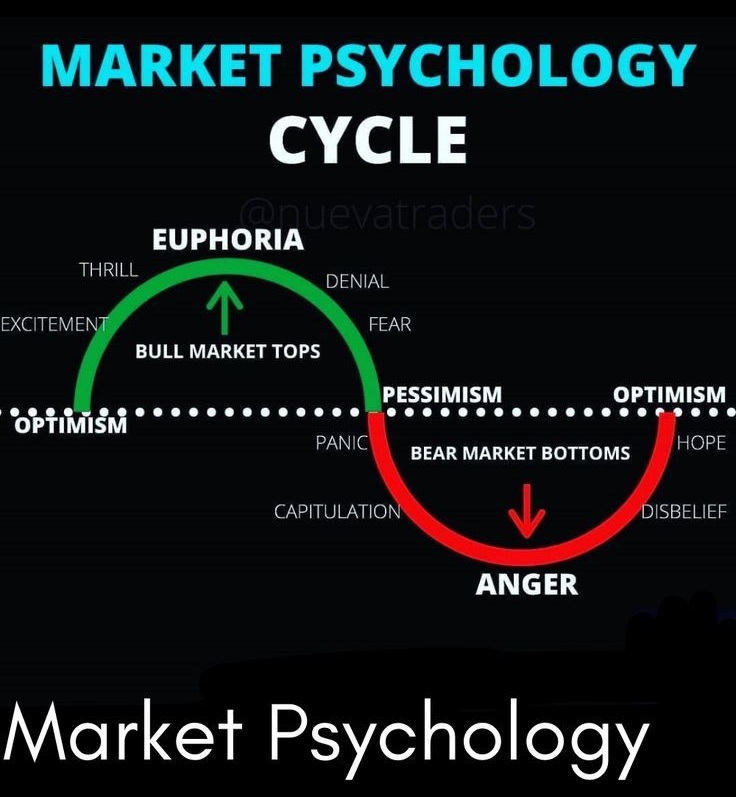Staying in the stock market with maximum profit and minimum loss is about discipline, not just picking the “right” stock. Here’s a structured approach that blends safety with growth potential:
📌 1. Define Your Core Strategy
- Long-term investing (5–10+ years): Focus on fundamentally strong companies, index funds, or ETFs. Compounding works best here.
- Short-term trading (days to months): Requires technical analysis, stop-loss rules, and strict discipline.
- Hybrid approach: Core investments for long-term wealth + a small portion for trading opportunities.
📌 2. Risk Management First
- Never put all in one stock → diversify across sectors.
- Stop-loss rule → e.g., sell if stock falls 8–10% below buy price.
- Position sizing → don’t risk more than 2–3% of your capital in a single trade.
- Emergency fund → keep at least 6–12 months of expenses outside the stock market.
📌 3. Focus on High-Quality Investments
- Blue-chip stocks (Infosys, TCS, Reliance, HDFC Bank, etc.) → stability and steady growth.
- Index funds/ETFs (Nifty 50, Sensex, S&P 500) → safer, consistent returns.
- Dividend-paying stocks → regular income + price growth.
📌 4. Timing & Psychology
- Don’t try to “time the market” perfectly. Instead, use SIP (Systematic Investment Plan) for steady investments.
- Follow buy on dips, not on hype.
- Avoid panic selling during temporary market crashes.
📌 5. Technical & Fundamental Analysis
- Fundamental analysis: Check earnings growth, debt ratio, ROE, future prospects.
- Technical analysis: Learn support, resistance, moving averages, RSI, MACD for entry/exit timing.
📌 6. Protect Profits
- Use trailing stop-loss → lock profits as stock rises.
- Book partial profits (e.g., sell 30–40% when you gain 30–40%) and let the rest run.
📌 7. Continuous Learning
- Read market news, company quarterly results, and annual reports.
- Follow SEBI updates, RBI policies, global trends.
- Learn from mistakes—never chase “tips” without research.
✅ Golden Rule:
Stay invested long term in fundamentally strong stocks/index funds for wealth creation, while using strict stop-loss and diversification to avoid big losses.

